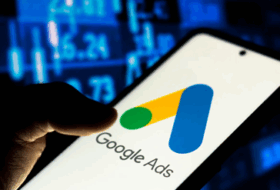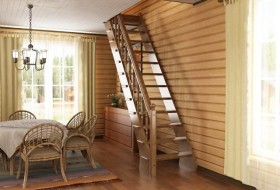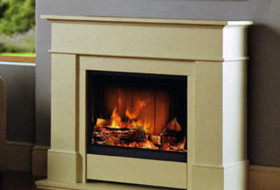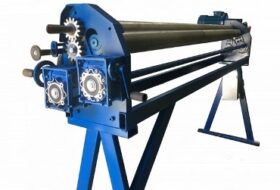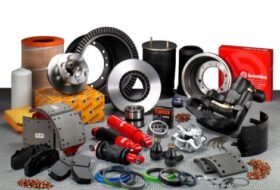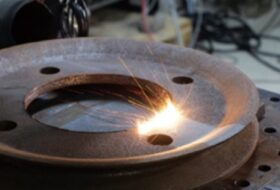Fiber Optic testing and technology used in it
The whole process of testing of fiber optical comprises many processes, tools, and standards that are used to test fiber optic components, deployed fiber networks, and fiber links.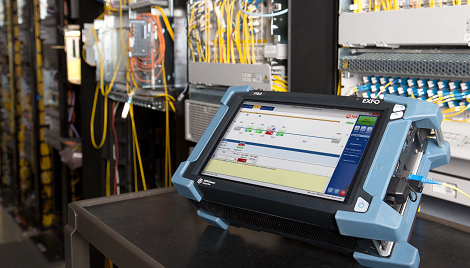 This includes optical and mechanical testing of intelligent elements and comprehensive transmission tests to verify the integrity of complete fiber network installations. The technology of fiber optics has increased at a very drastic rate as the world’s leading communication transport medium. The growing variety of fiber optic applications has highlighted the need for technician training and versatile, user-friendly testing solutions. There is a thin film optical coatings on the products of optical components manufacturers just like the pfg optics.
This includes optical and mechanical testing of intelligent elements and comprehensive transmission tests to verify the integrity of complete fiber network installations. The technology of fiber optics has increased at a very drastic rate as the world’s leading communication transport medium. The growing variety of fiber optic applications has highlighted the need for technician training and versatile, user-friendly testing solutions. There is a thin film optical coatings on the products of optical components manufacturers just like the pfg optics.
Since the invention of fiber optic technology in the 1970s, fiber-optic networks have evolved and improved continuously. Many technologies have evolved such as submarine networks, 5G technology, and FTTx (Fiber to the X) have highlighted the importance of monitoring and robust fiber testing.
Optical fiber is the type of dominant media for the backbone within buildings, mission-critical data center links, and long distances for campus networks. As the demands of bandwidth and speeds of the network have increased, there is a decrease in distance and loss limitation, therefore the importance of testing and certification of fiber optic cable has increased.
Inspecting Fiber Optic cable for light loss:
For many decades, fiber optics are cleaned and inspected in order to make sure that the proper transmission of light is maintained. There is nothing new in the inspection and cleaning of fiber optics, it is growing in importance as links with increasingly high data rates are running low loss budgets. With a reduced intolerance for overall light loss, the attenuation through the adaptors must be lower than ever before. This can be achieved by properly inspecting and cleaning fiber optic cables when installing or moving, or when making changes.
Two types of problems can occur which can result in a light loss when the light exits from one end and enter another side of the adaptor – damage and contamination.
Oils, dust, and water blocking gel are some of the most common forms of fiber connector end-face contamination. Simply touching the ferrule will immediately cause body oil to accumulate on the end-face, and cause unacceptable attenuation once the connection is made. The light and small charged particles that float in the air can get in contact with any exposed termination. Especially, this can be true in facilities undergoing construction or renovation
